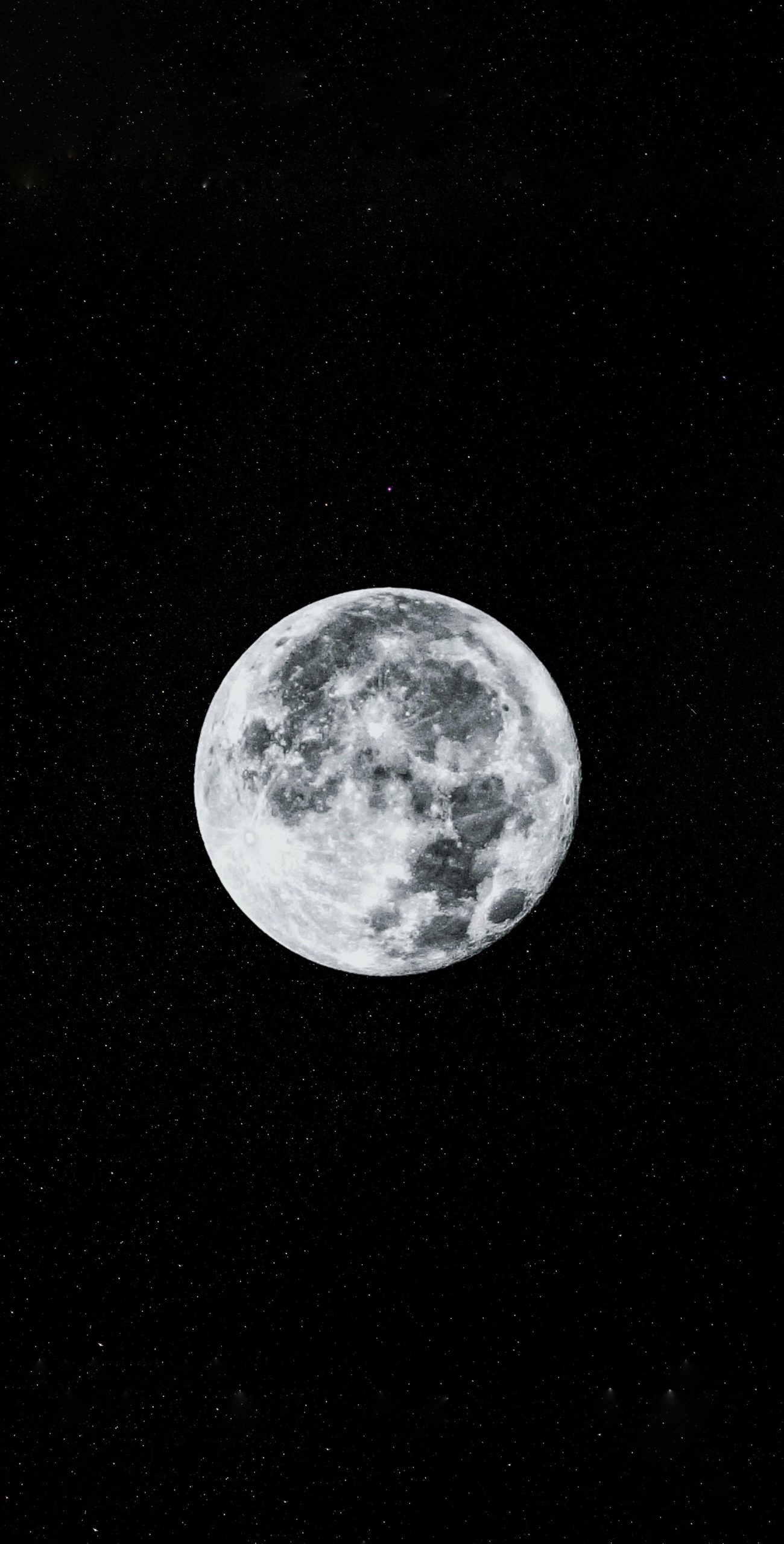The Meaning Behind Full Moon Ceremony
The full moon holds a captivating allure. Its luminous glow illuminates the night sky, casting a mesmerizing ambiance that has captured the imagination of humans for centuries. Across various cultures and spiritual practices, the full moon is often seen as a powerful symbol and a time for celebration. In this blog post, we will explore the meaning behind full moon ceremonies and their significance in different traditions.
The Full Moon’s Symbolism
The full moon has been intertwined with symbolic meaning throughout history. It represents completion and fulfillment, symbolizing the culmination of intentions and desires. Just as the moon waxes and wanes, so do the cycles of life. The full moon marks the peak of the moon’s phase, symbolizing the pinnacle of growth and inner illumination.
In astrology, the full moon is associated with heightened emotions and a deeper connection to our subconscious. It is believed to illuminate hidden aspects of ourselves and provide clarity and insight into our lives. Additionally, the full moon’s association with femininity and the goddess archetype has made it a focal point for ceremonies and rituals centered around empowerment and divine feminine energy.
The Role of Full Moon Ceremonies
Full moon ceremonies have been practiced by various cultures and spiritual traditions throughout history. These ceremonies serve as an opportunity to honor the moon’s energy, set intentions, release what no longer serves us, and tune into our higher selves. They provide a sacred space for introspection, connection, and personal growth.
The rituals and practices employed within full moon ceremonies may vary, but they often share common elements. Let’s explore some of the key aspects frequently incorporated into these ceremonies:
1. Setting Intentions
During a full moon ceremony, participants often take time to reflect on their goals, desires, and aspirations. Setting intentions under the full moon is believed to amplify their power and help manifest them into reality. Whether it’s through meditation, journaling, or vocal affirmations, the act of consciously stating and focusing on one’s intentions can be a transformative practice.
2. Releasing and Letting Go
The full moon is an opportune time to release what no longer serves us. Just as the moon sheds its light, participants in full moon ceremonies engage in rituals to let go of negative thoughts, emotions, and unhealthy patterns. This release can take the form of writing down what no longer serves us on a piece of paper and burning it, or any other symbolic gesture that signifies the act of releasing.
3. Connecting with Nature
The full moon ceremony often takes place outdoors, under the open sky, and in the presence of nature. Connecting with the natural world is a way to tap into the earth’s energy and align ourselves with the cycles of the moon. It reminds us of our interconnectedness and the importance of honoring the environment around us.
4. Meditation and Energy Work
Full moon ceremonies frequently involve meditation and energy work. Participants may engage in guided meditations or energy healing practices to align themselves with the moon’s energy and cultivate a sense of peace and serenity. This allows for a deeper connection with oneself and the greater universe.
Full Moon Ceremonies in Different Traditions
Full moon ceremonies have been an integral part of different cultural and spiritual practices for centuries. Here are a few examples:
The Native American Full Moon Ceremony
Native American tribes often engaged in full moon ceremonies to honor the moon and its energy. These ceremonies included singing, dancing, drumming, and storytelling. The moon was seen as a spiritual guide, providing wisdom and protection to the community.
Wiccan Esbats
In Wiccan traditions, full moon ceremonies or Esbats are an essential part of their lunar worship. Wiccans come together to conduct rituals, spells, and divination under the full moon’s light. The ceremonies focus on honoring the goddess and invoking her energy.
Balinese Purnama Ceremony
In Balinese Hinduism, the Purnama ceremony is held during the full moon. Balinese locals make offerings to the gods, participate in processions, and engage in prayers and meditative practices.
Chinese Mid-Autumn Festival
The Chinese Mid-Autumn Festival, also known as the Moon Festival, is celebrated during a full moon. Families gather to pay tribute to the moon and share meals together. Lanterns are lit, and moon cakes, a traditional delicacy, are shared and enjoyed.
Incorporating Full Moon Ceremonies into Your Life
Whether you resonate with a specific spiritual tradition or simply feel drawn to the energy of the full moon, incorporating full moon ceremonies into your life can be a transformative practice. Here are a few ways to get started:
- Research different cultures and spiritual practices to gain inspiration for your own full moon ceremonies.
- Create a sacred space in your home or find an outdoor location where you can conduct your ceremonies.
- Make a conscious effort to connect with nature and align yourself with the cycles of the moon.
- Use the full moon as a time for self-reflection, setting intentions, and releasing what no longer serves you.
- Consider inviting friends or like-minded individuals to join you in your full moon ceremonies for added support and collective energy.
Remember, full moon ceremonies are highly personal and can be tailored to suit your individual needs and beliefs. The important aspect is to approach them with reverence, intention, and an open heart.
In Conclusion
Full moon ceremonies are a beautiful way to connect with the moon’s energy, honor our intentions and aspirations, and release what no longer serves us. Across cultures and spiritual traditions, these ceremonies provide a sacred space for personal growth and introspection. Whether you choose to engage in a specific tradition or create your own unique ceremony, the full moon’s potency can serve as a catalyst for transformation and spiritual connection.
Table of Contents
